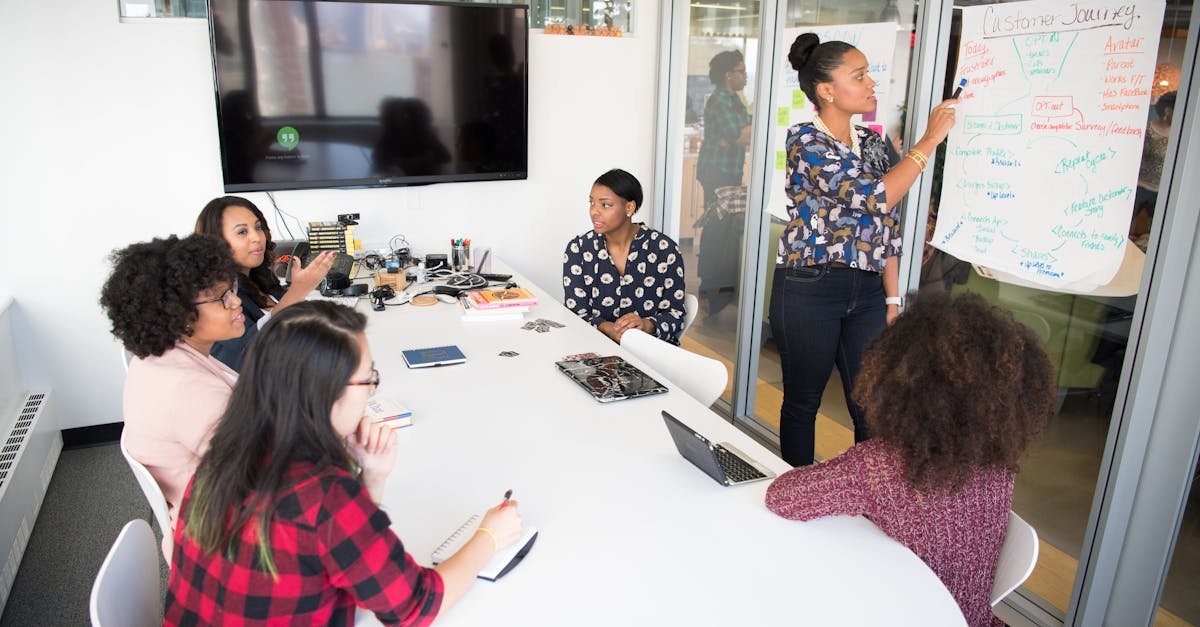Navigating Future Trends in Global Shared Services Collaboration
We all know the shared services realm is changing fast, right? Whether you’re an associate trying to find your footing, or a process expert looking to optimize, you probably have more questions than answers. How do we align teams across continents? How can we ensure seamless collaboration? Let’s dive deep into this ever-evolving landscape of global shared services collaboration. Understanding Global Shared Services Before we jump to what’s next, let’s quickly recap what global shared services really means. It’s all about centralizing your back-office functions—like finance, HR, and IT—into one state-of-the-art facility. Think of it as pooling resources to run operations more efficiently. However, the buzz isn’t just about efficiency. It’s about collaboration. Picture this: You’re in a video call with colleagues from three different countries, each bringing something unique to the table. You’ve got insights from the US, process knowledge from India, and tech solutions from Europe. That’s collaboration at its best! Key Trends Shaping the Future Now, let’s look at some exciting trends that are reshaping the global shared services scene: Automation and Artificial Intelligence: Automation isn’t just a buzzword. It’s a game changer. By automating mundane tasks, we free up human talent for strategic initiatives. Remote Work Culture: The pandemic flipped the script on the traditional workplace. Now, teams aren’t confined to a city or even a country. With flexible work environments, collaboration is limited only by your imagination. Data-Driven Decisions: The best leaders are the ones who know how to use data. Insights driven by analytics help in process optimization and transform decision-making. Focus on Customer Experience: It’s not just about internal processes anymore. The spotlight’s on how shared services contribute to customer satisfaction. Agility and Speed: Businesses today need to pivot in seconds. Being agile ensures we can tackle unforeseen challenges or capitalize on new opportunities fast. Collaboration Tools: The Heart of Shared Services If there’s one thing we can agree on, it’s that collaboration tools are the backbone of successful global teams. Here are a few tools that can help: Slack: Perfect for real-time communication. Trello: For project management and task tracking. Zoom: When face-to-face is just better. Microsoft Teams: Integration with other Microsoft tools makes it a go-to for many organizations. The Human Element in Shared Services Let’s not forget the biggest asset we have—our people. Collaboration is about relationships. It’s about trust, shared goals, and a culture that values input from everyone. How can we foster this culture? Here are some thoughts: Encourage open lines of communication. Invest in training and development. Recognize and reward team contributions. Create opportunities for team bonding, even when remote. Strategies for Effective Collaboration So, how do we practically implement this collaboration? Here are some strategies to consider: Frequent Check-ins: Regularly scheduled meetings can keep everyone aligned. Define Clear Roles: Everyone should know who’s handling what. Clarity leads to accountability. Share Goals: Establish common objectives to unify the teams. Feedback Loops: Create a culture where feedback is welcomed and acted upon. Case Studies: Real-World Applications Let’s look at a couple of organizations that have nailed collaboration in shared services. Company A: Leveraged automation tools to streamline HR processes. They saw a noticeable increase in employee satisfaction thanks to quicker response times. Company B: Implemented a hybrid work model, allowing teams to share insights in real-time across time zones. They reported improved productivity and greater team cohesion. Final Thoughts In this fast-moving world of shared services, it’s not just about having the right tools and processes. It’s about how we come together, how we collaborate, and how we innovate. If you want to stay ahead, acknowledge these trends and adapt. Organizations must embrace flexibility and agility. Let’s keep the conversation going. Share your thoughts and experiences on collaboration in shared services. Remember, if you’re looking for more insights on shared services transformation, innovation, and leadership, check out THEGBSESGE.
Navigating Future Trends in Global Shared Services Collaboration Read More »









